My Trip To Chocolate Nation - In Antwerp, Belgium!
19th November 2024
The History of Belgian Chocolate.
“Chocolate arrived in Belgium via the port of Antwerp in the 17th century. The region was a Spanish colony at that time: the Spanish Netherlands, whose capital was Brussels. But it wasn’t until the 19th century that chocolate as we know it today became widely available. Thanks to industrialisation, the mills used to extract the cocoa butter from the beans were gradually replaced by steam engines. This made it easier to produce cocoa mass in large quantities. Across the whole of Europe, chocolate makers set up in business: in England, Switzerland, France and the Netherlands.” - Leonidas site.
What is Cocoa Horizons?
The Cocoa Horizons Foundation was established in 2015 by Barry Callebaut with the mission to improve the livelihoods of cocoa farmers and their communities
How Chocolate is made in Belgium.
The museum at Chocolate Nation has a Digital Interactive tour which translates into the language of your choice. This is a handheld device which you put up to your ear to listen to the information. The tour goes through how Belgium chocolate is made.
Museum at Chocolate Nation.
The cocoa beans are harvested when ripe by removing them from the tree. They cut them open with machetes to remove the cocoa beans from the pods. They are then covered with banana leaves and left to ferment. The fermentation process allows the beans to develop their flavour, aroma and light brown colour. After 6 days they remove the banana leaves and spread the beans across large tables to inspect them, they are left to dry under the tropical sun. Then after 2 more days, they are put into hessian sacks and taken to a collection centre nearby.
The cocoa beans are inspected once again before being transported to the port, where they are then exported around the equator, on a journey that takes at least several weeks. This brings them closer and closer to their final destination which is Antwerp in Belgium before being shipped around the world. Antwerp has the largest cocoa storage capacity for cocoa beans. Millions of millions of beans arrive at the port each year. The beans are unloaded and inspected again before they can continue on their journey, not every bean is worthy enough to become Belgian chocolate!
In Belgium their process is…
After a final check from a beanologist, the beans are put into a machine and the production begins. They start by roasting the beans and grounding them up so the shells or husks break off. Since the making process doesn’t need the husks they blow them away and are only left with the core of the beans. The cocoa cores or nibs are still too large to process. They need to be crushed first since there is cocoa butter in them. This makes a thick creamy paste known as chocolate liqueur. Cocoa powder and cocoa butter is the most important ingredients but there is more to chocolate than cocoa alone. For milk chocolate, they add milk powder and sugar and by changing the quantities they can produce all kinds of flavours.
They refine the mixture of cocoa powder and cocoa butter by grinding it between large cold rollers of different rotation speeds until left with a fine ground powder with a thickness of 20,000th of a millimetre. Another secret that comes from Belgian chocolate is conching which involves kneading the powder using large stone rollers while adding more cocoa butter which releases heat that causes it to liquify. In Belgium they spend hours, even an entire days, until the heavenly velvety texture and superior chocolate flavour is made. The result is a creamy, delicious, mild and sweet chocolate. The famous taste sets Belgian chocolate apart from all other chocolate producing countries. They have perfected the art to the point of 1 in 10 pieces of chocolate found around the world is produced in Belgium. Belgian chocolate is transported in heated trucks to chocolate shops and producers in Belgium and abroad.
Once the chocolate reaches its destination it can be made into chocolate products such as callets, blocks, etc ready for resale to businesses who need an easier format of chocolate.
Also at Chocolate Nation - A digital chocolate restaurant where you could sit and watch a petite chocolatier create a virtual treat. This can be seen in the walk through video part two, find the link below.
Chocolate workshop.
We started the workshop by getting our chocolate, Callum chose milk chocolate. We piped a small amount of chocolate into the opening of the pre-made truffle shells filled with caramel. These were then made into lollies by putting lollies sticks into the truffles via the newly piped chocolate. They were then put aside to set. We then made chocolate buttons by piping a blob of chocolate onto parchment paper and gently tapping the tray until they flattened out to make 3cm discs/buttons. They were then decorated with an assortment of toppings, of which Callum used white and ruby Crispearls, mini chocolate beans, hazelnut pieces and candied fruit. The buttons were then left to set on the tray, once set they were removed from the tray and placed in a bag.
Then back to the chocolate lollies, Callum dipped them into bowls of melted milk or dark chocolate and decorated them with toppings. Callum used the same toppings as the buttons to decorate. These were left to set and then placed into a bag. At the end of the workshop, Callum was able to bring back his chocolate creations. What a treat they were for him and his family!
At the end of the museum, there was a chocolate tasting area where you were given a spoon with 10 different liquid chocolates to try.
- W2 (White chocolate 28%).
- Ruby (47.3%).
- Gold (Caramelised white chocolate 30.4%).
- Powder 41 (40.7%).
- Arriba (39%).
- 823 (Milk chocolate 33.6%).
- 811 (Dark chocolate 54.5%).
- Madagascar (67.4%).
- Sao Thomè (70%).
- Kumabo (80.1%).
What I purchased at Chocolate Nation - Chocolate mini bars, matcha, bean-to-bar Tanzania and Java 43%. Also bought a Chocolate Nation postcard and bracelet.
What an impressive experience Chocolate Nation was, we would highly recommend it if you were visiting Antwerp in Belgium!
Check out some videos from Chocolate Nation:
1. Click here to see what we got up to at the Chocolate Nation workshop.
2. Click here to check out what Callum made from the Chocolate Nation workshop.
In our opinion, Belgium produces the very best chocolate. 🍫❤️








Praline, Neuhaus, Côte d'Or, Callebaut, Guylian, Jacques.







Chocolate mini bars, matcha, bean-to-bar Tanzania and Java 43%. Also bought a Chocolate Nation postcard and bracelet.




Let's Discuss...
About Us

Always remember - Life's Easier With Treats! Read more...
If you wish to create a free account register below.
RegisterWith an account you can favourite, comment, shop with ease and lots more.
Latest Posts
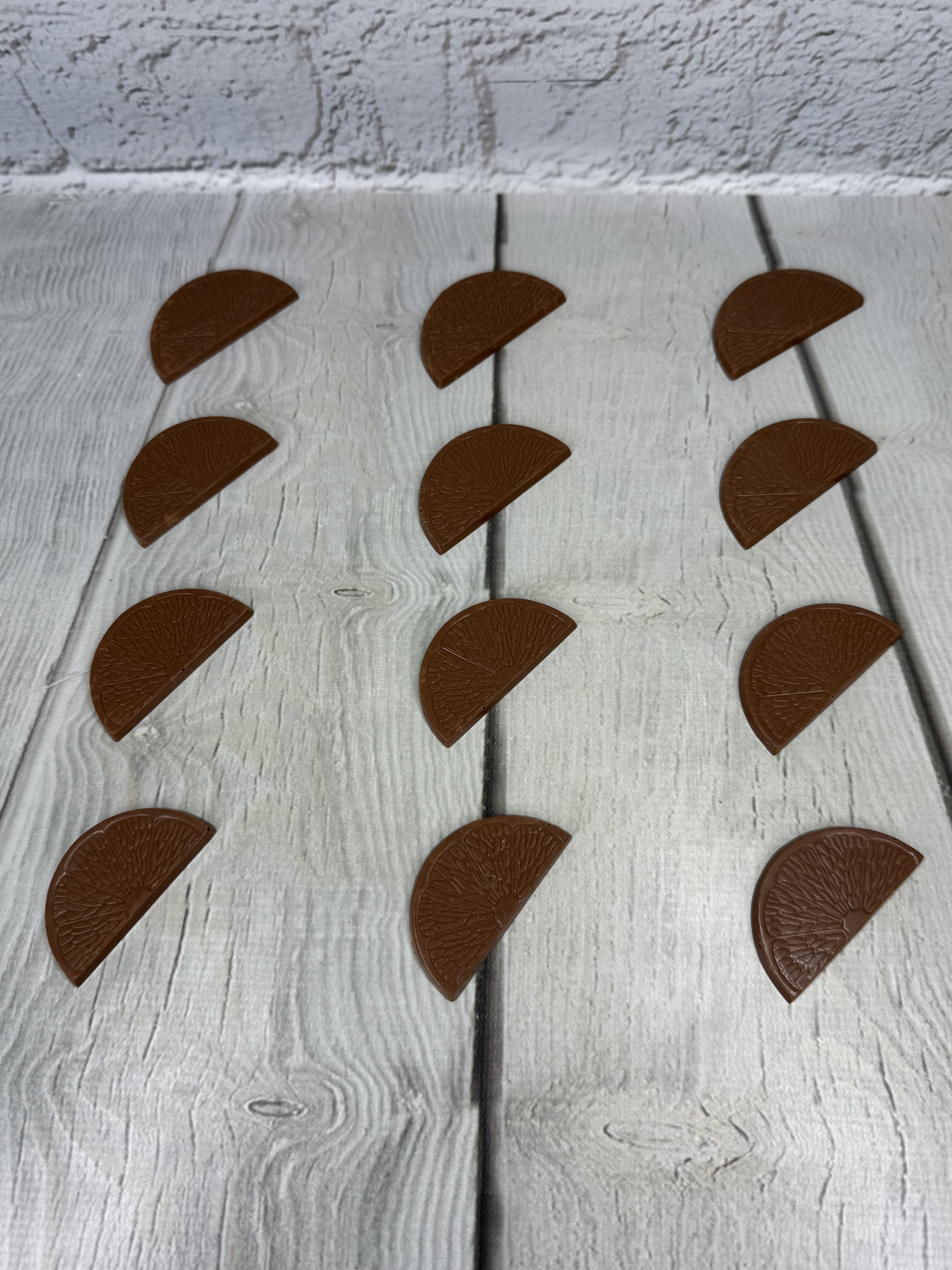
Milk Chocolate Orange Segments

Milk Chocolate Orange Segments
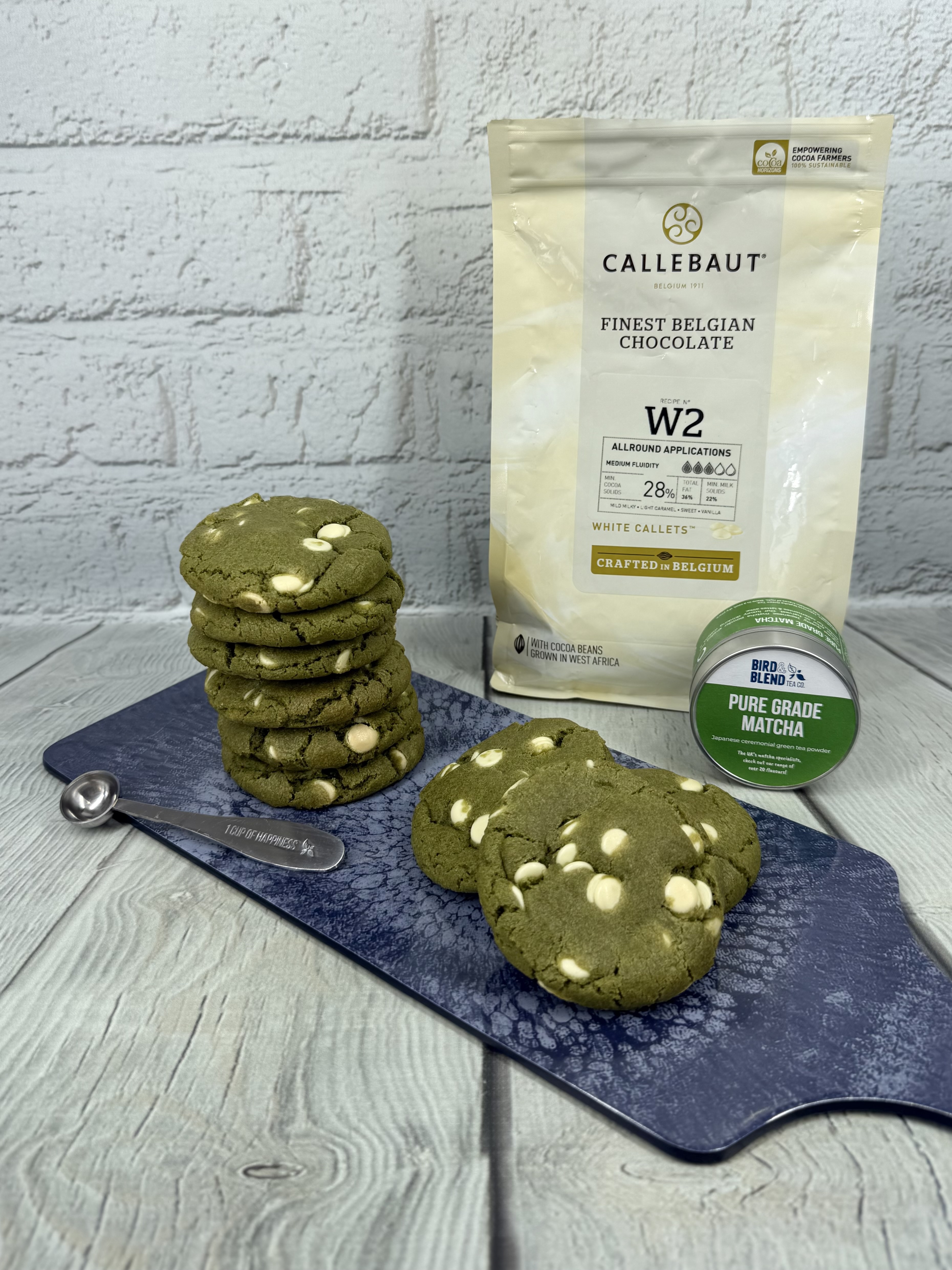
Matcha Cookies

Matcha Cookies
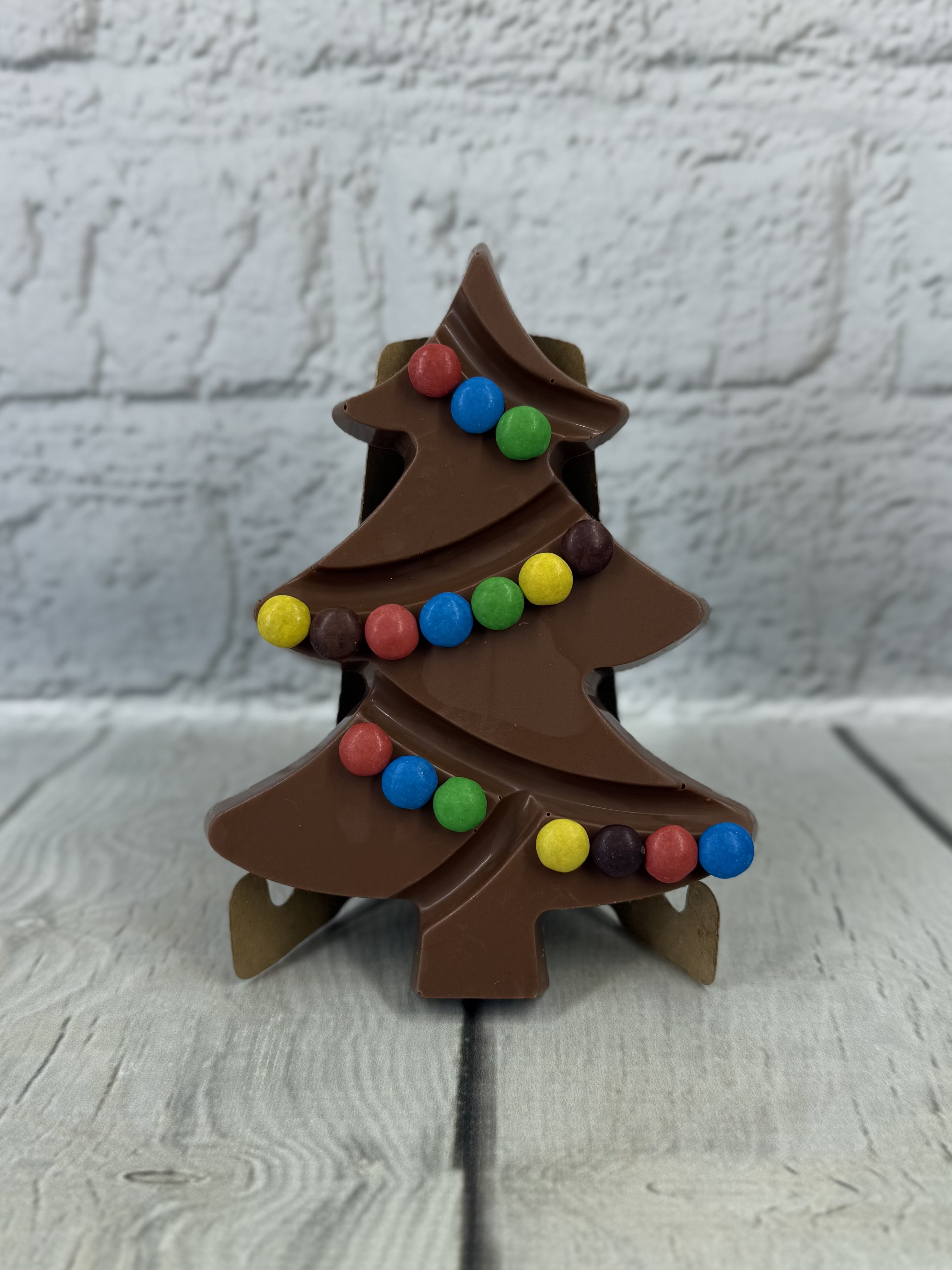
Milk Chocolate Christmas Tree Bar

Milk Chocolate Christmas Tree Bar
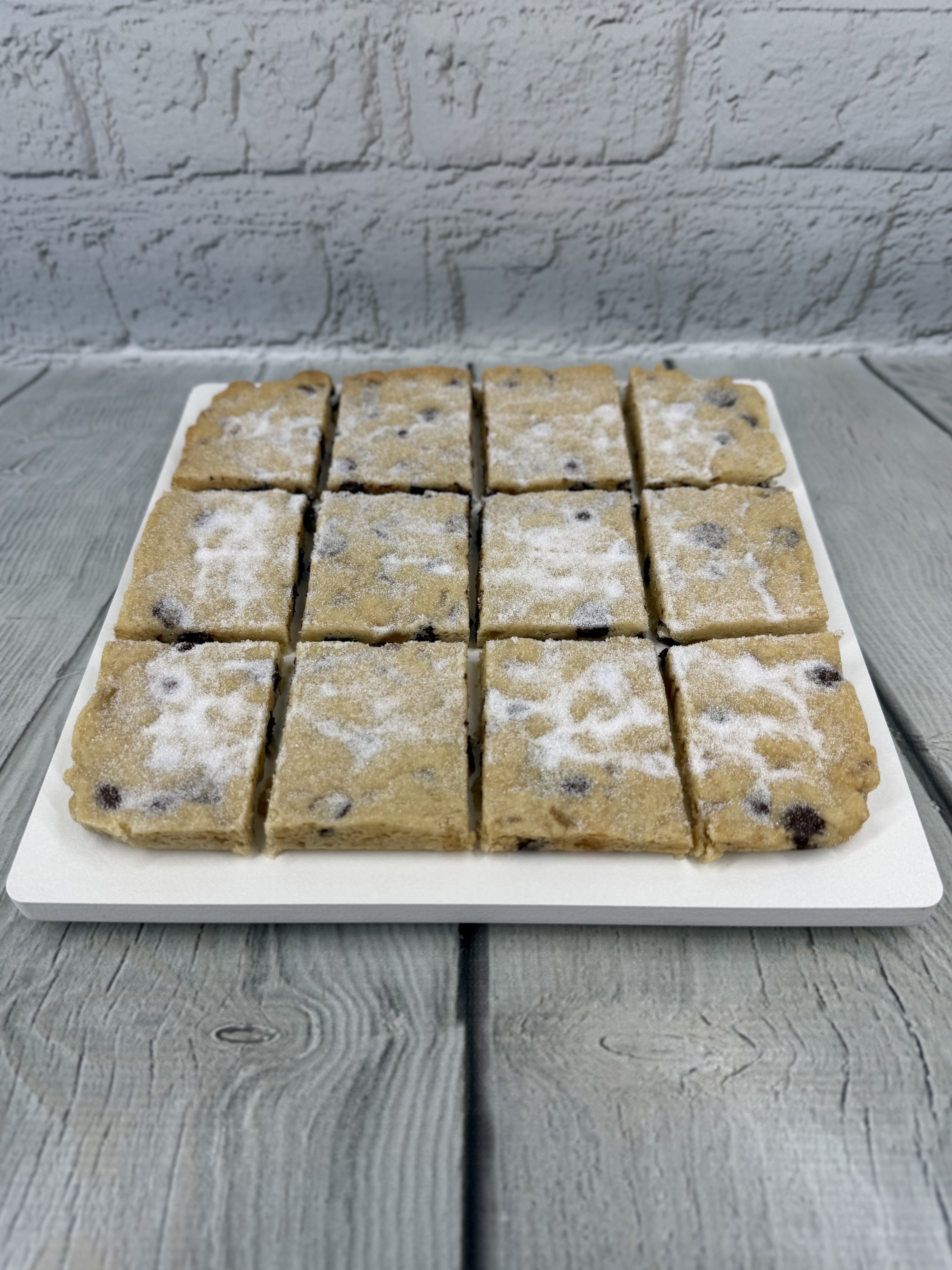
Chocolate Ginger Shortbreads

Chocolate Ginger Shortbreads
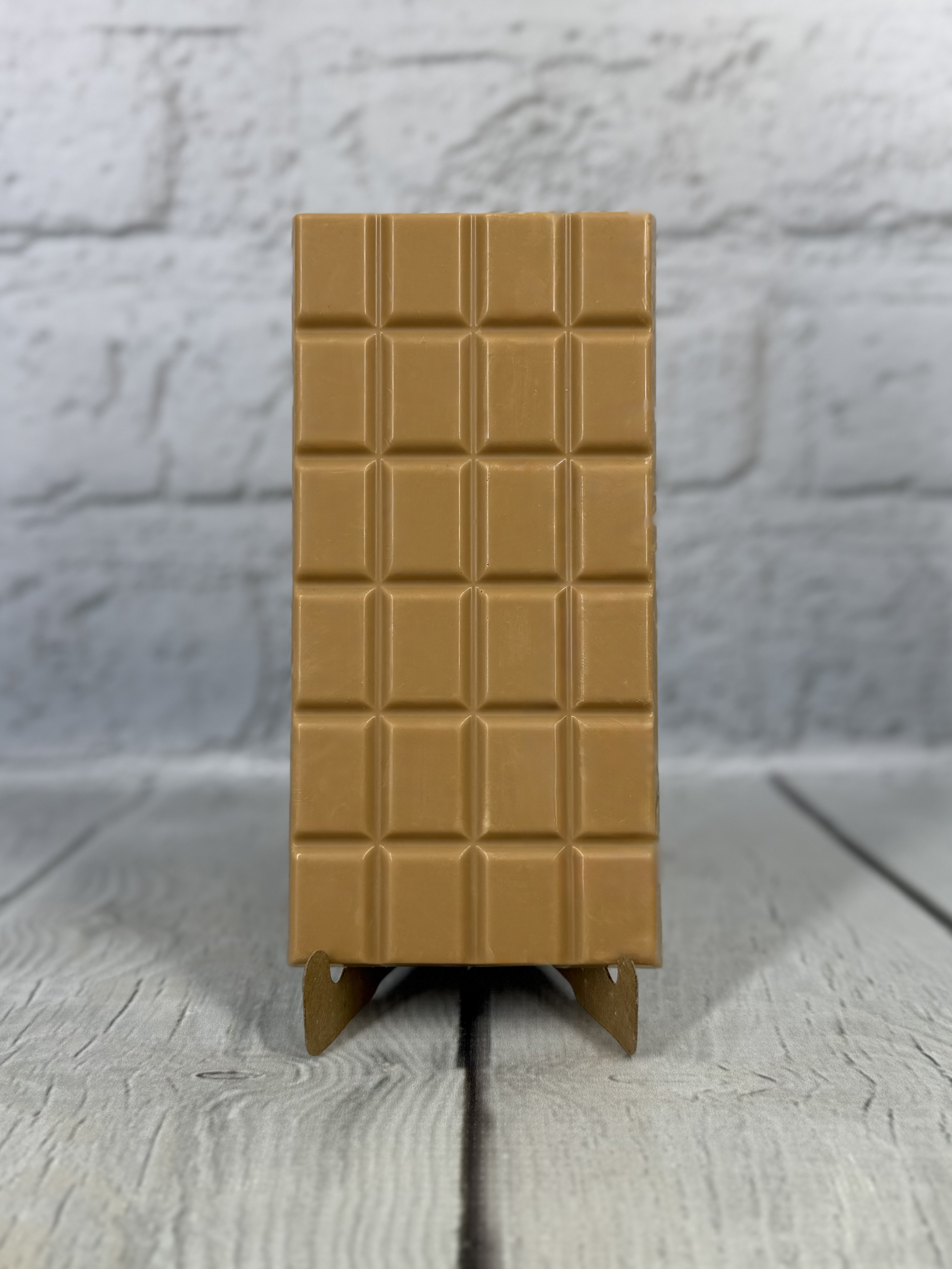
Gold Caramelised White Chocolate Bar

Gold Caramelised White Chocolate Bar
Hashtags
#chocolatenation #chocolateworkshop #chocolate #chocolateexperience #belgiumtrip #belgium #antwerp #museum #howsitmade #cocoahorizons #glenichocolatier #glenibakes #gleni
Categories
Latest Videos
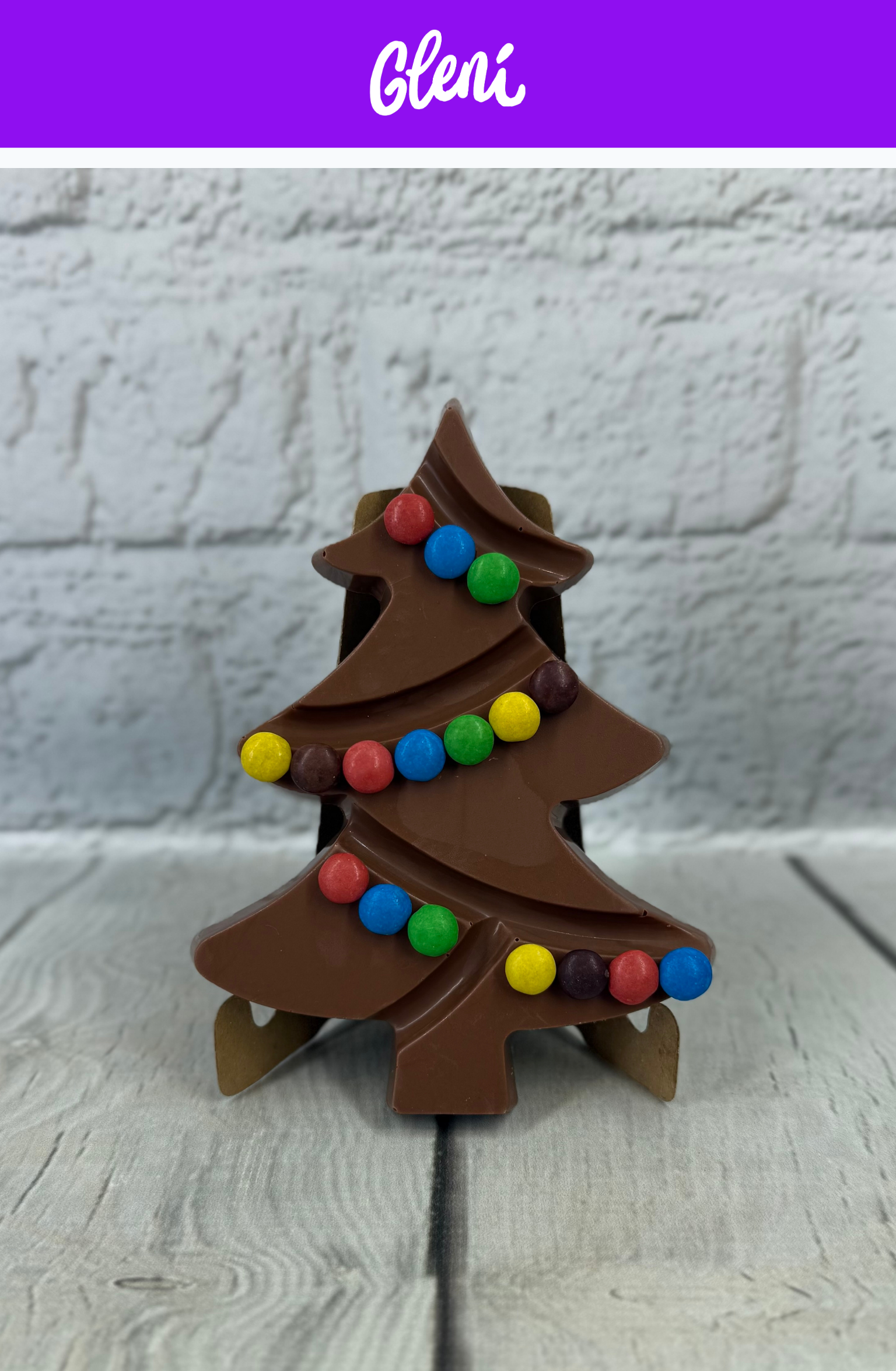
Milk Chocolate Christmas Tree Bar

Milk Chocolate Christmas Tree Bar
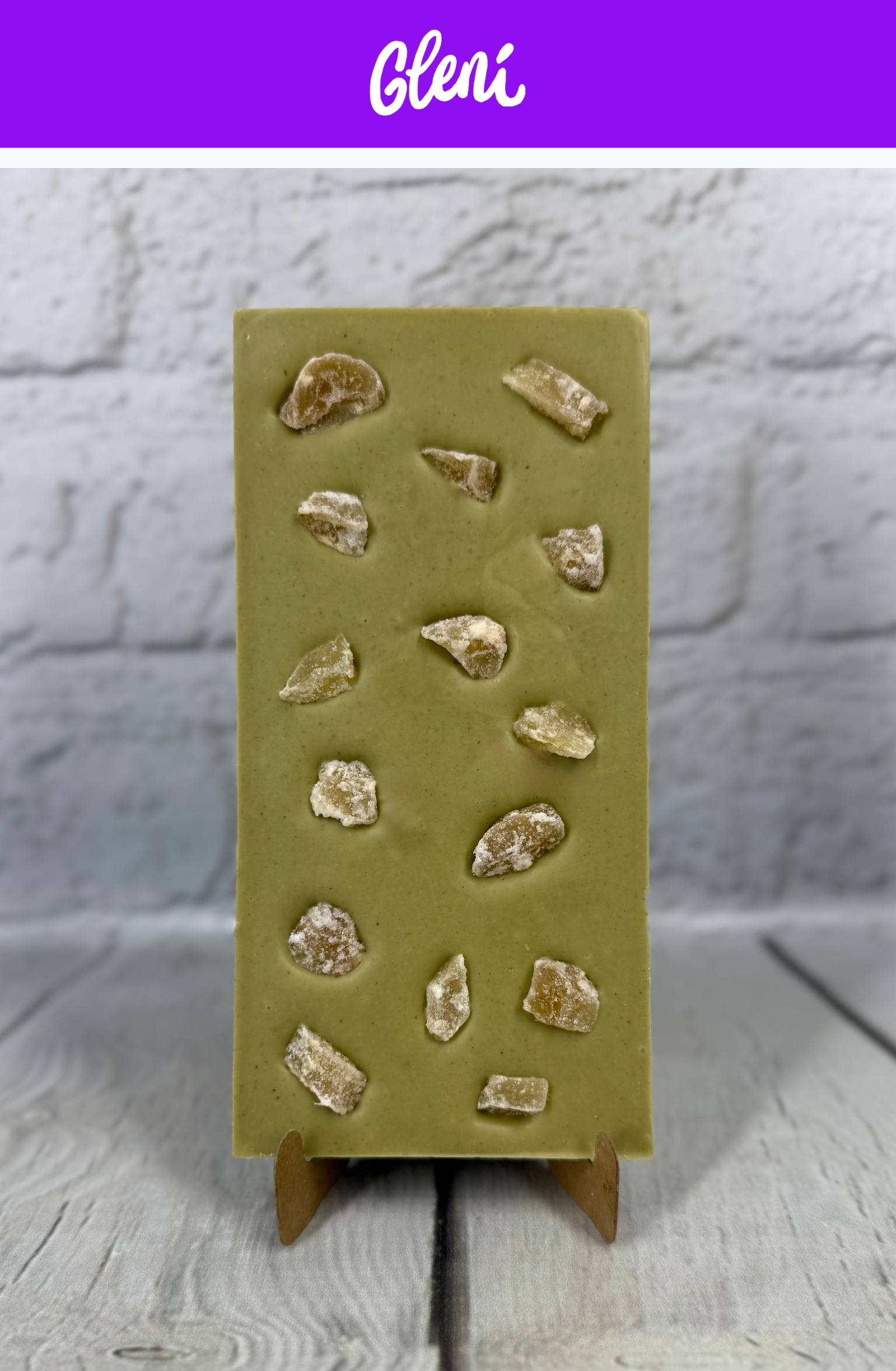
Gingernut Matcha Chocolate Bar

Gingernut Matcha Chocolate Bar
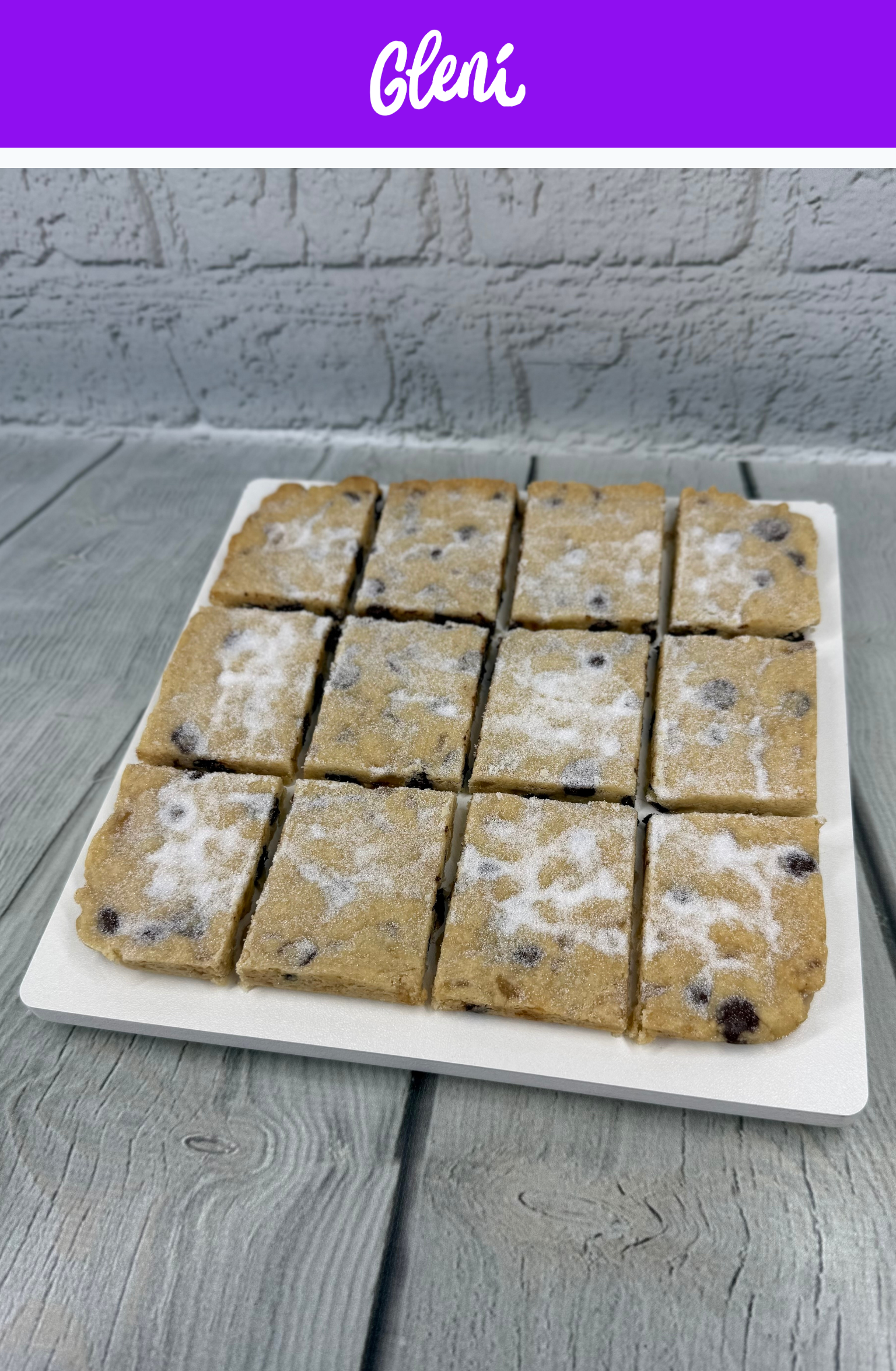
Chocolate Ginger Shortbreads

Chocolate Ginger Shortbreads

Milk Chocolate Christmas Shapes

Milk Chocolate Christmas Shapes
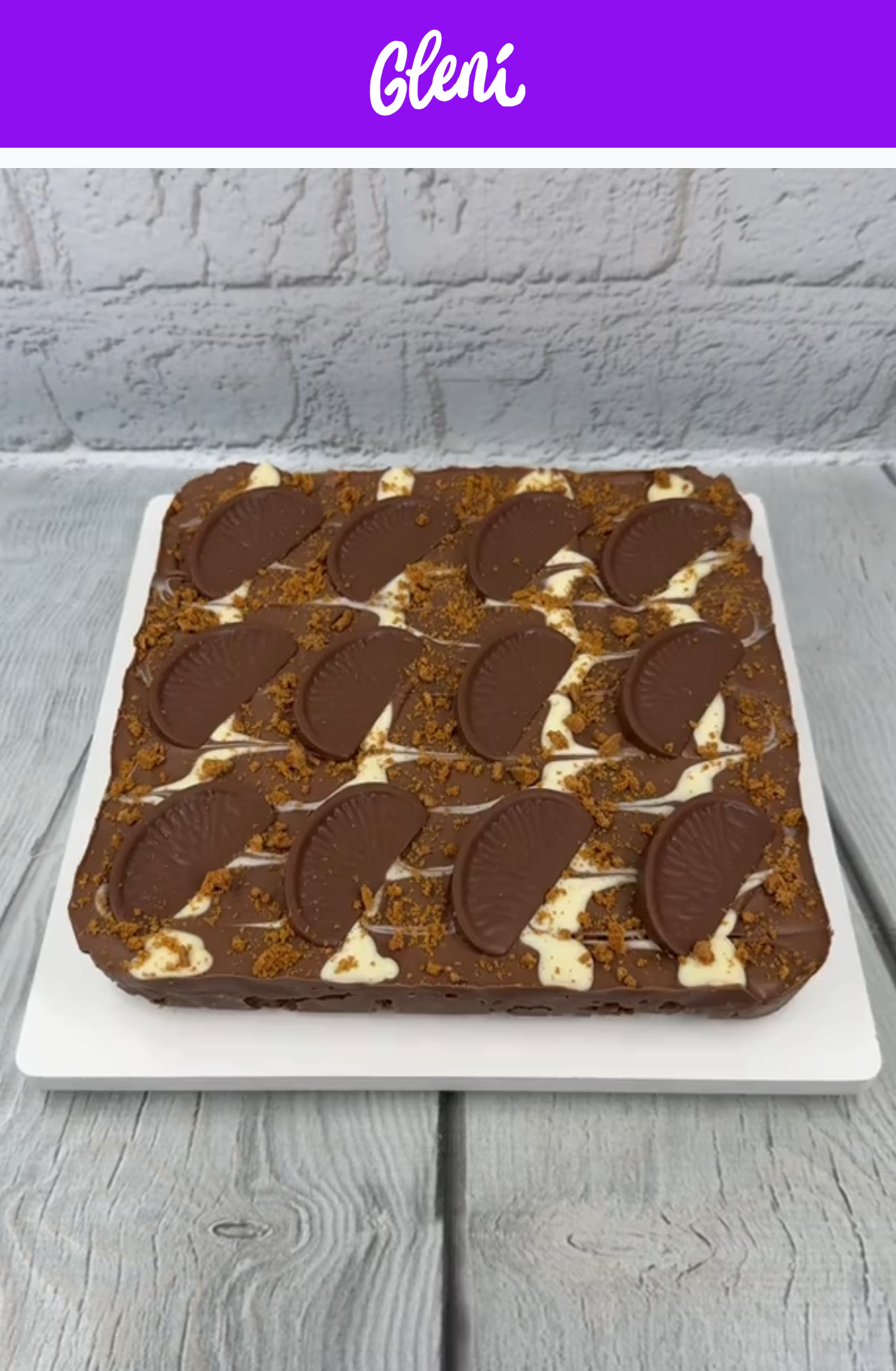
No-Bake Biscoff & Chocolate Orange Tiffin

No-Bake Biscoff & Chocolate Orange Tiffin
No comments yet…